Grease Trap Cleaning Schedule Tips
Grease trap cleanings are essential for maintaining proper kitchen operations and preventing costly plumbing issues. Regular cleaning schedules help ensure that grease, fats, and oils do not accumulate excessively, reducing the risk of blockages and foul odors. The optimal timing for cleanings depends on factors such as facility size, usage frequency, and local regulations.
Typically, grease traps should be cleaned every 1 to 3 months to prevent buildup and ensure compliance with health standards.
Noticeable odors, slow drainage, or increased grease in the outlet are indicators that a cleaning is overdue.
Higher usage during holiday seasons or special events may require more frequent cleanings to manage increased waste.
Local health departments often specify cleaning intervals; adherence helps avoid penalties.

Proper cleaning involves removing accumulated grease and debris to maintain efficiency.

Specialized equipment ensures thorough removal of grease and prevents contamination.
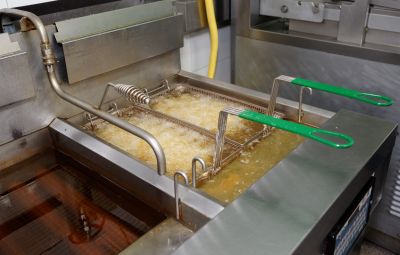
Visual comparison highlights the importance of regular maintenance.
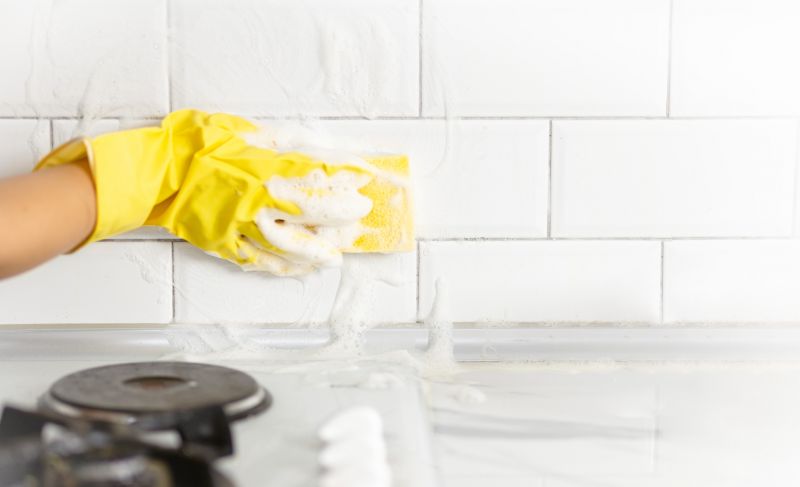
Ways to make Grease Trap Cleanings work in tight or awkward layouts.
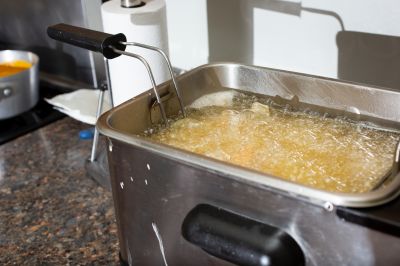
Popular materials for Grease Trap Cleanings and why they hold up over time.
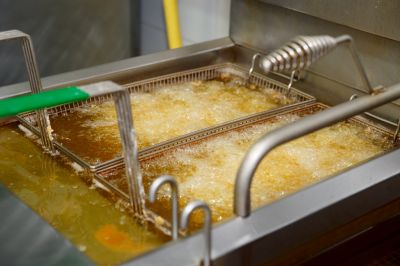
Simple add-ons that improve Grease Trap Cleanings without blowing the budget.

High-end options that actually feel worth it for Grease Trap Cleanings.
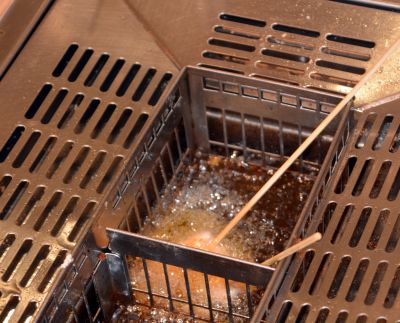
Finishes and colors that play nicely with Grease Trap Cleanings.
| Aspect | Details |
|---|---|
| Optimal Cleaning Interval | Every 1 to 3 months, depending on usage |
| Signs of Overdue Cleaning | Odors, slow drainage, grease in outlet |
| Impact of Overuse | Blockages, backups, increased repair costs |
| Regulatory Compliance | Adherence to local health department guidelines |
| High-Volume Facilities | Require more frequent cleanings |
Grease trap cleanings are a critical component of commercial kitchen maintenance. They prevent the accumulation of fats, oils, and grease that can lead to plumbing failures and environmental issues. Regular cleanings also help facilities comply with health regulations and avoid fines. The frequency of cleaning should be tailored to usage patterns and facility size, with high-traffic kitchens requiring more frequent attention.

Specialized tools facilitate efficient removal of grease and debris.
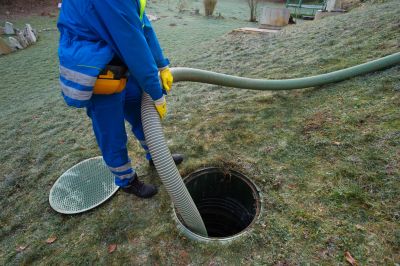
Establishing a routine helps prevent unexpected issues.
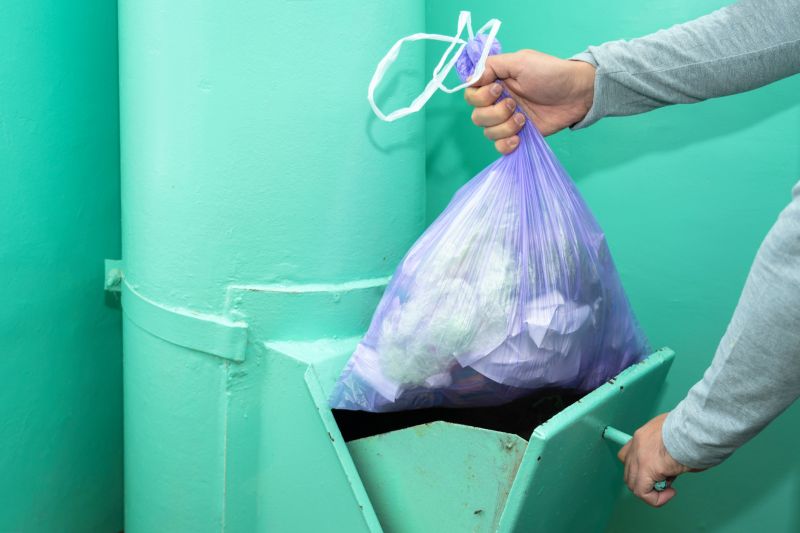
Proper disposal of waste prevents environmental contamination.

Expert services ensure thorough and compliant maintenance.
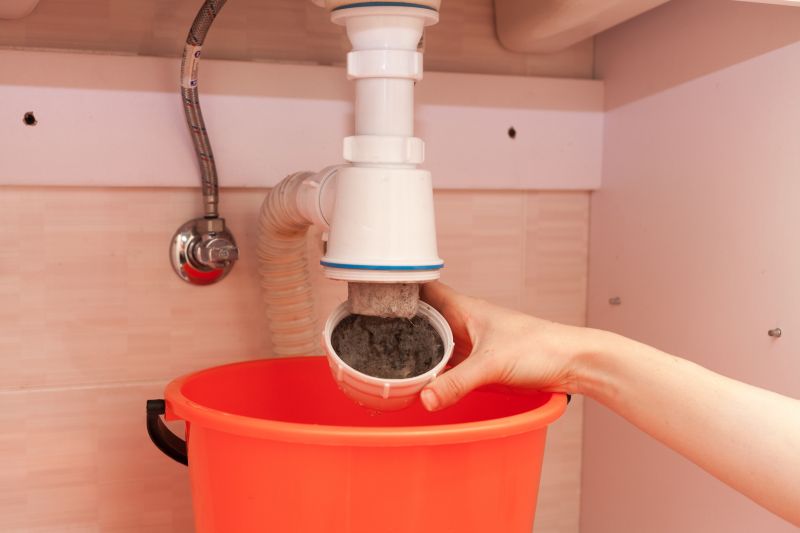
Little measurements that prevent headaches on Grease Trap Cleanings day.

A 60-second routine that keeps Grease Trap Cleanings looking new.
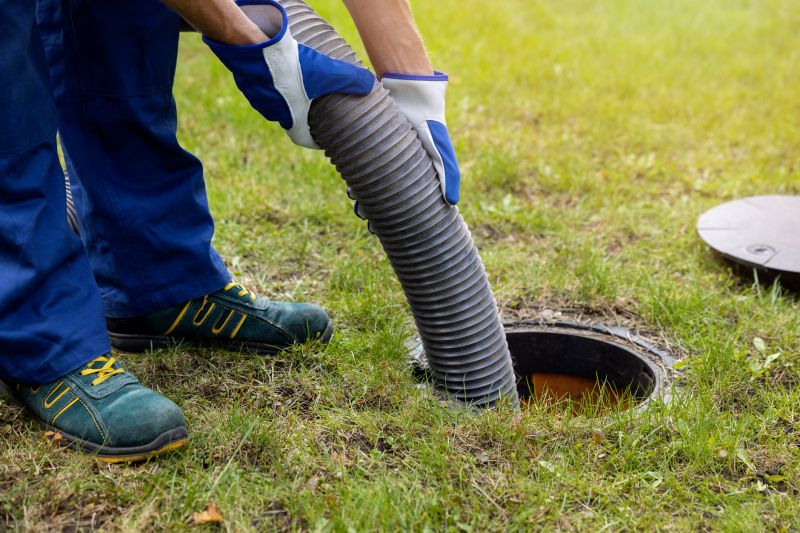
A frequent mistake in Grease Trap Cleanings and how to dodge it.
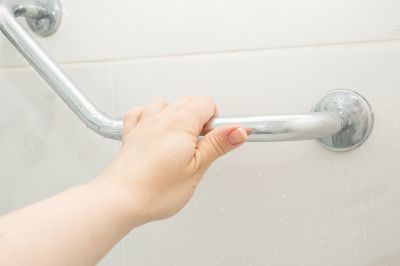
Small tweaks to make Grease Trap Cleanings safer and easier to use.
Interested in scheduling a grease trap cleaning? Filling out the contact form provides a convenient way to arrange services tailored to specific operational needs. Regular maintenance supports smooth kitchen operations and helps avoid costly repairs.



